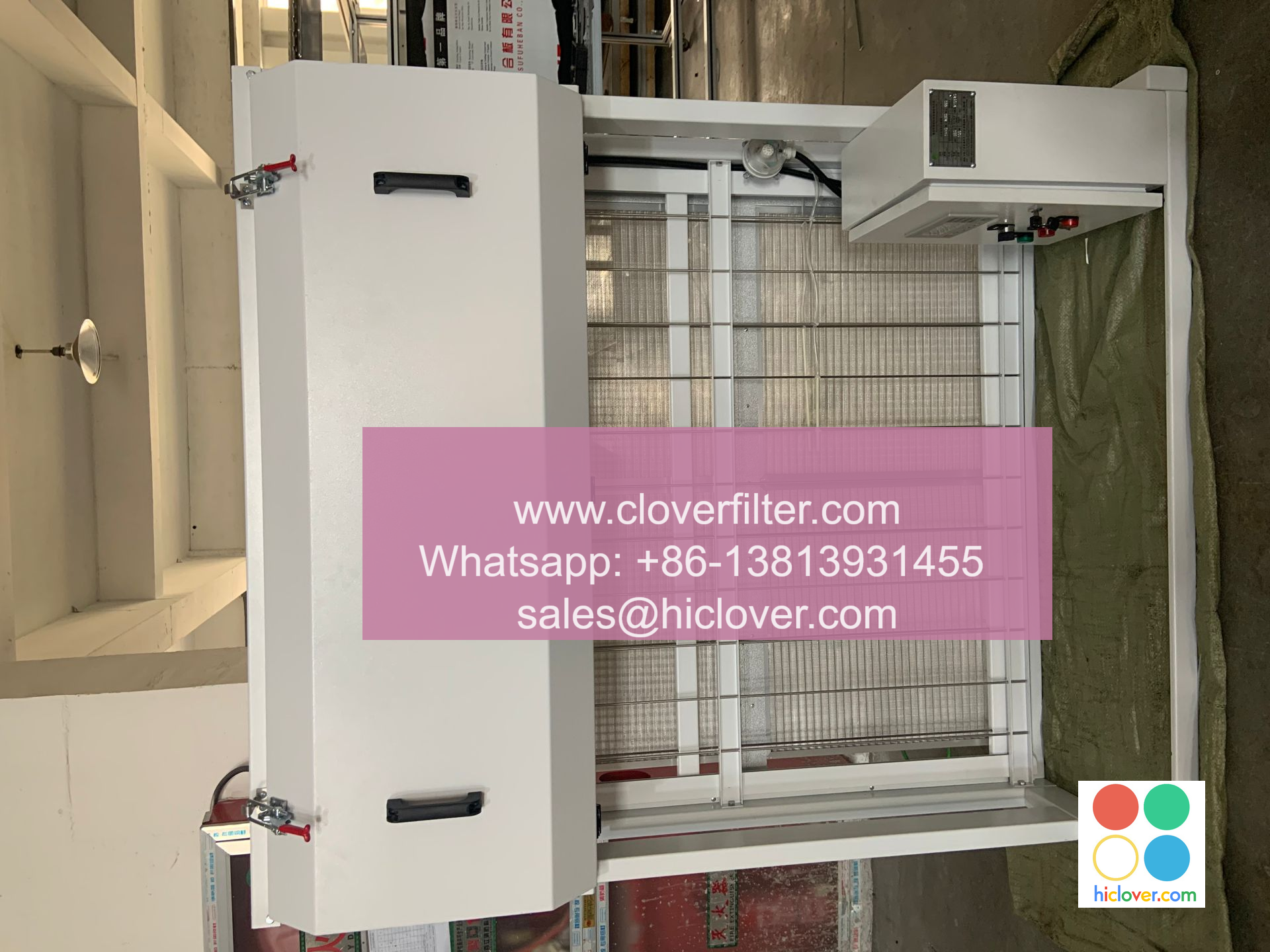The Effects of Poor Air Filter Distribution on Equipment Performance

The Importance of Proper Air Filter Distribution: How It Affects Equipment Performance
Air filters play a crucial role in maintaining the performance and longevity of equipment in various industries, from industrial manufacturing to residential HVAC systems. A well-designed and properly maintained air filter distribution system is essential to ensure optimal equipment performance, reduce energy consumption, and minimize downtime. In this article, we will explore the effects of poor air filter distribution on equipment performance and highlight the importance of proper maintenance and replacement of air filters.
Effects of Poor Air Filter Distribution on Equipment Performance
- Reduced Air Flow: A clogged or improperly installed air filter can significantly reduce air flow rates, leading to decreased equipment efficiency and reduced performance. This can result in increased energy consumption, shorter equipment lifespan, and reduced productivity.
- Increased Repair and Maintenance Costs: A poorly maintained air filter can lead to premature wear and tear on equipment, resulting in costly repairs and maintenance. A well-maintained filter, on the other hand, can help reduce the need for frequent maintenance and repairs.
- System Failure: In severe cases, a clogged or dirty air filter can lead to system failure, resulting in costly downtime and delayed production or service.
Highlighting Various Application Areas
- Industrial Manufacturing: In industrial settings, air filters are used to remove contaminants and pollutants from the air, ensuring a consistent and clean air supply to equipment. A poor air filter distribution system can lead to decreased equipment performance, reduced productivity, and increased maintenance costs.
- HVAC Systems: In residential and commercial HVAC systems, air filters play a critical role in removing dust, pollen, and other contaminants from the air. A poorly designed or clogged air filter can lead to reduced air flow rates, decreased system efficiency, and increased energy consumption.
- Data Centers and Server Rooms: In data centers and server rooms, air filters are used to remove heat, dust, and other pollutants from the air. A poor air filter distribution system can lead to increased equipment failures, downtime, and reduced data center uptime.
Best Practices for Proper Air Filter Distribution
- Regular Filter Replacement: Regularly inspect and replace air filters to ensure optimal performance and efficiency.
- Proper Filter Installation: Ensure filters are installed correctly to maintain optimal air flow rates and equipment performance.
- Filter Selection: Choose the right type and size of filter for your specific equipment and application.
- Regular Maintenance: Regularly inspect and maintain air filter distribution systems to minimize downtime and reduce the risk of equipment failure.
Conclusion
In conclusion, the effects of poor air filter distribution on equipment performance can be significant, leading to reduced productivity, increased maintenance costs, and system failure. It is essential to implement regular filter replacement, proper filter installation, and filter selection, as well as regular maintenance to ensure optimal equipment performance and reduce downtime. By highlighting the importance of proper air filter distribution, we can reduce the risks associated with equipment failure and maintain optimal performance in various application areas.
I’m happy to help! It seems like you’ve initiated the conversation by sending a prompt. However, I’m not sure what you’d like me to do just yet. Could you please provide more context or clarify what you’d like to achieve?

